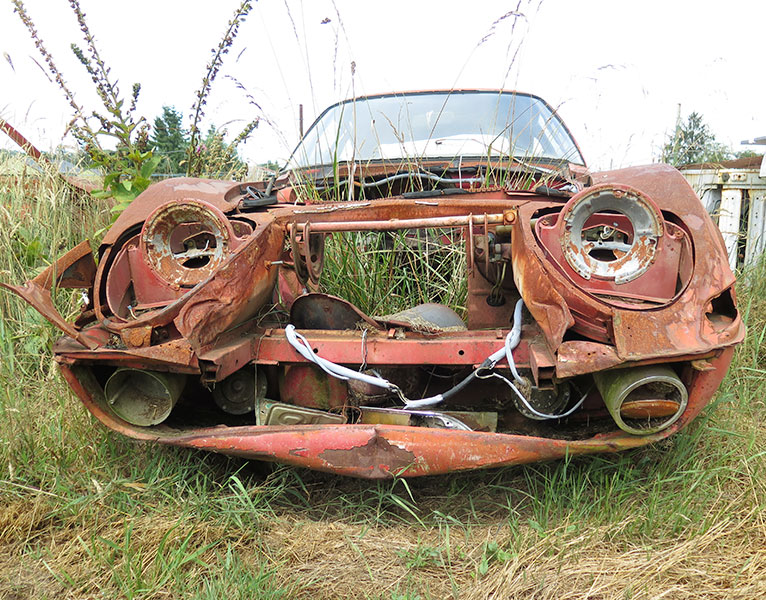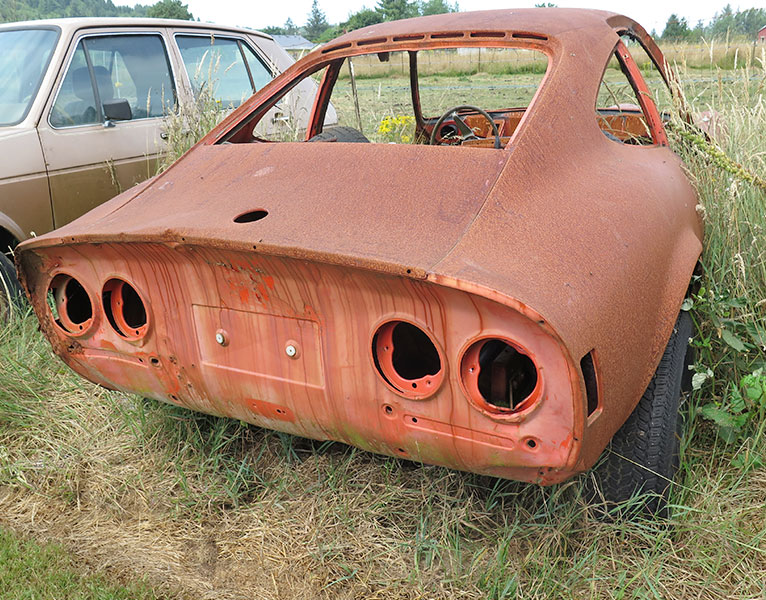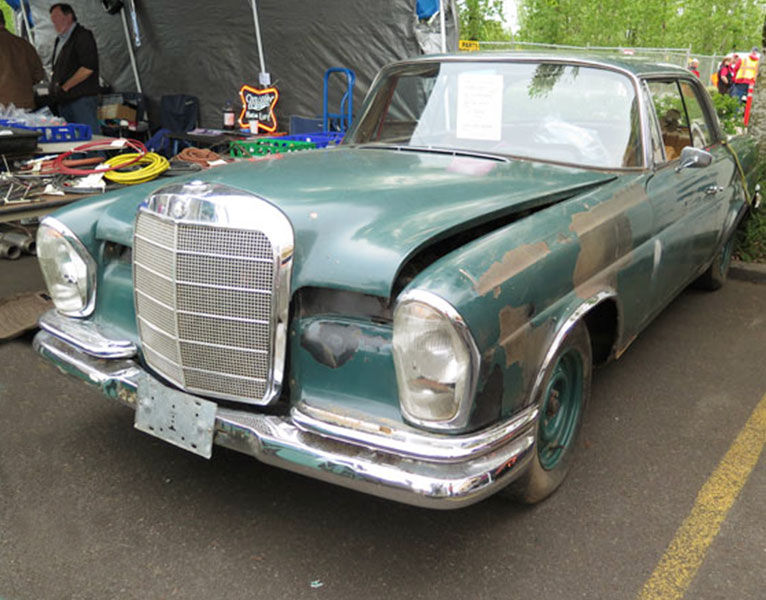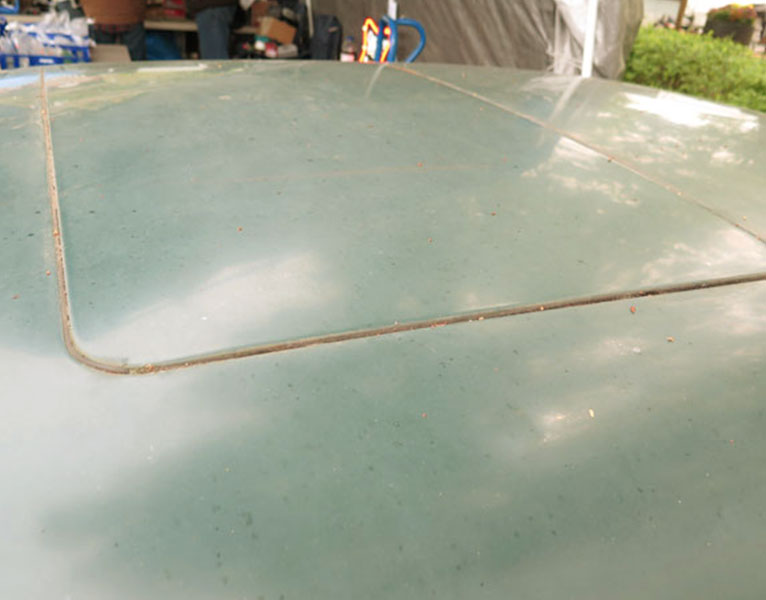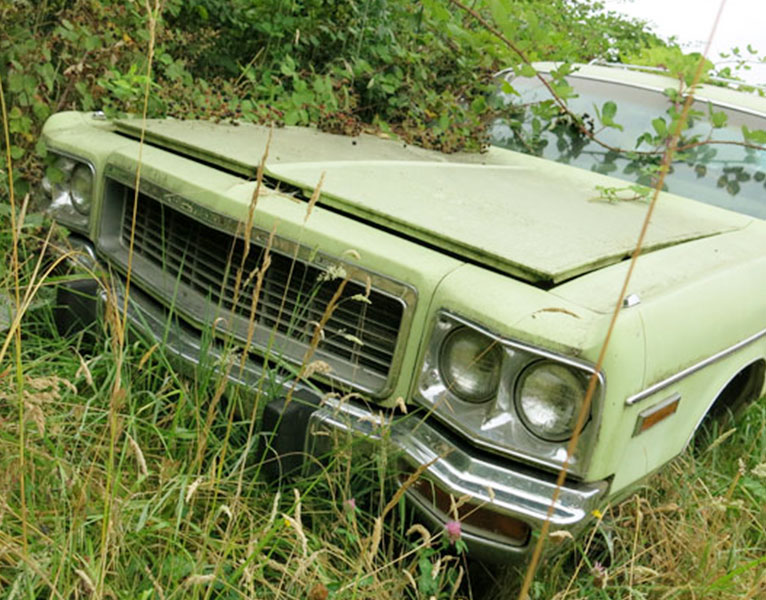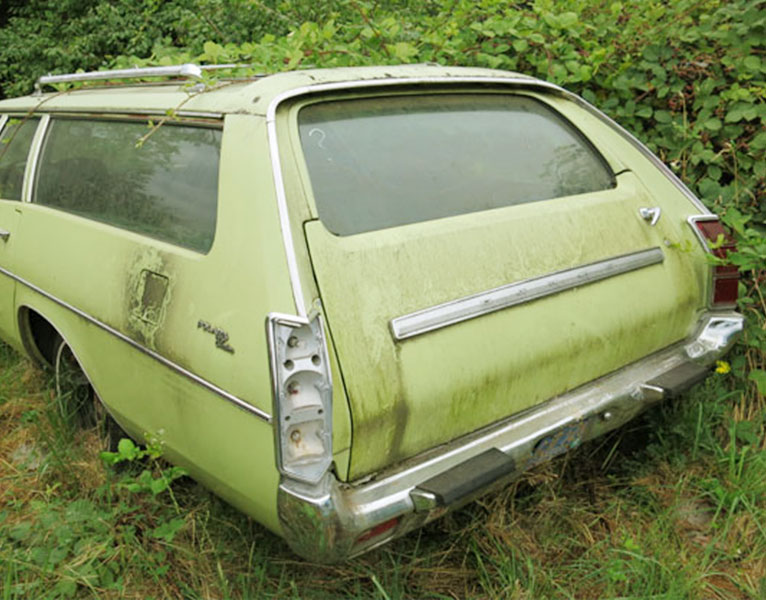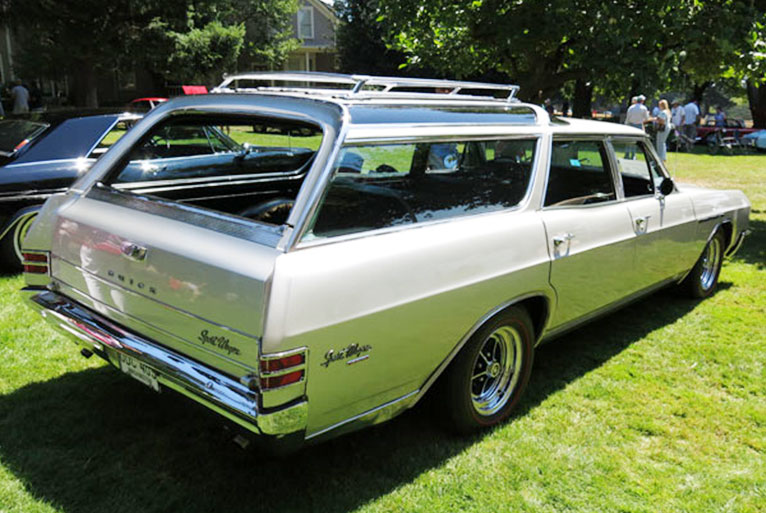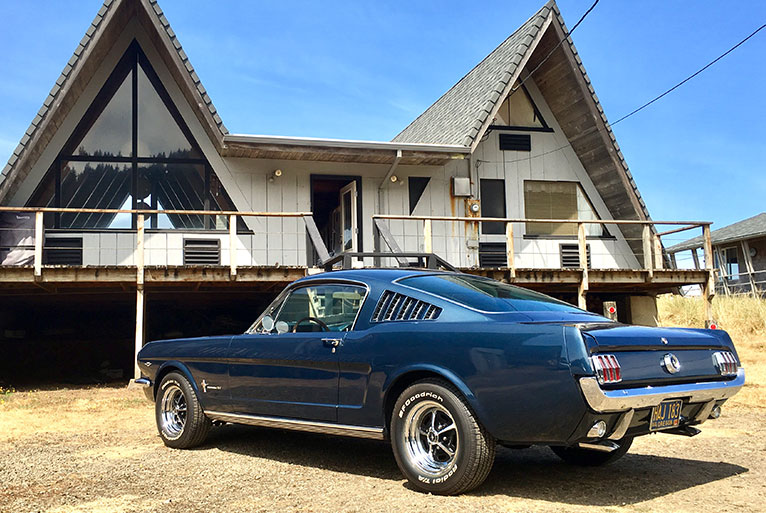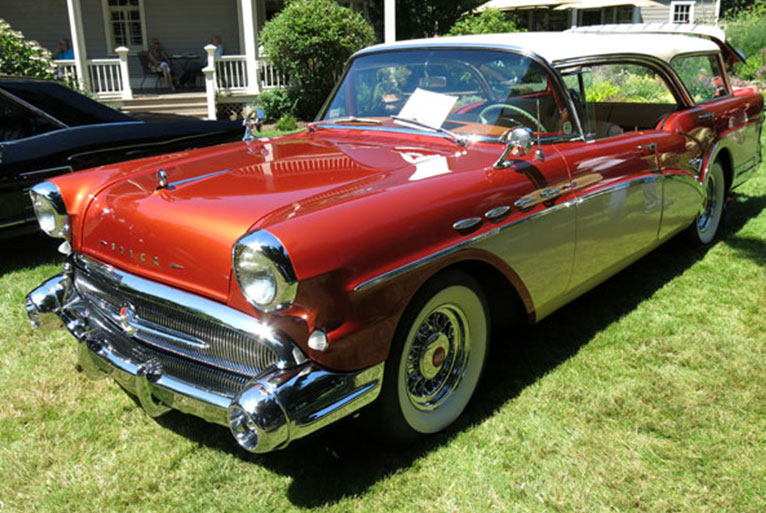Story and Photos Mike Spicer
A good car restoration is a blend of skills and wisdom. It’s easy to get carried away by your emotions, but before bringing that old car home, it’s important to define your process to avoid common pitfalls. Keep the following steps in mind when considering a restoration project and you’ll be happier in the long run.
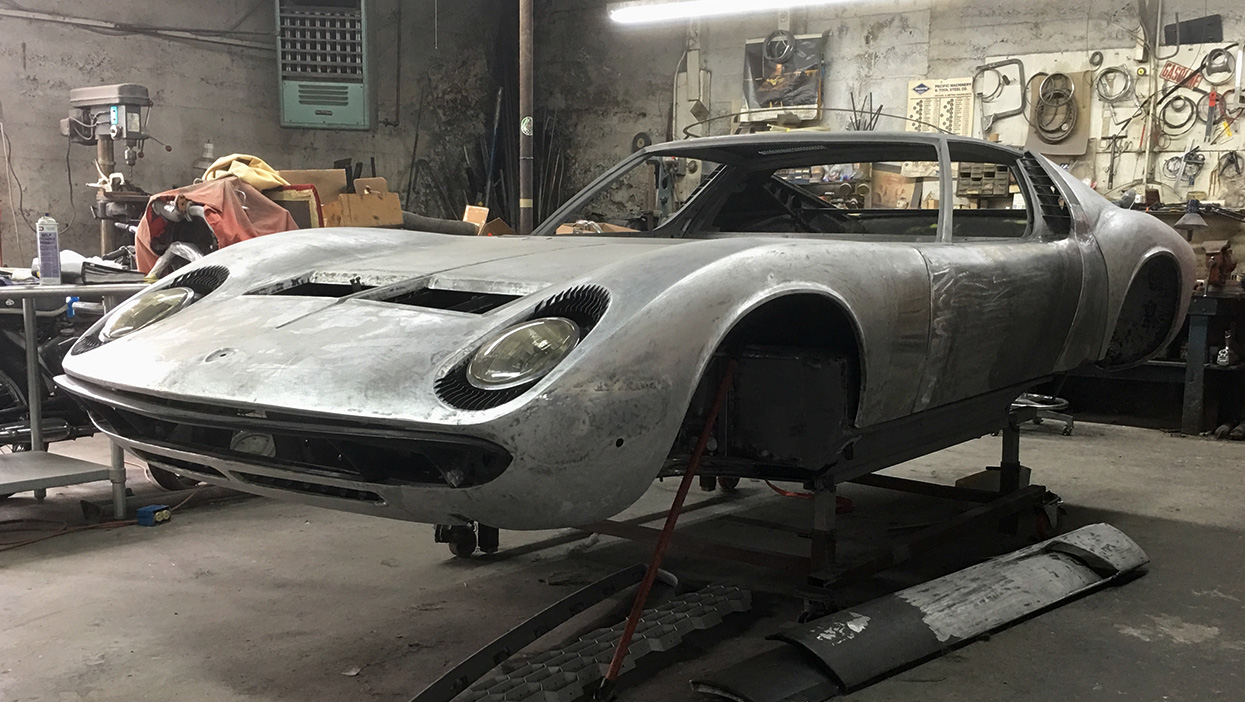
One: Work Backwards From The Finished Car. It’s easy to be attracted to a project, but ask yourself how you’re going to use the car and work backwards from there. Drive it, flip it, do a project with your child, add it to your collection? All are valid but make sure the car you’re considering is a good fit.
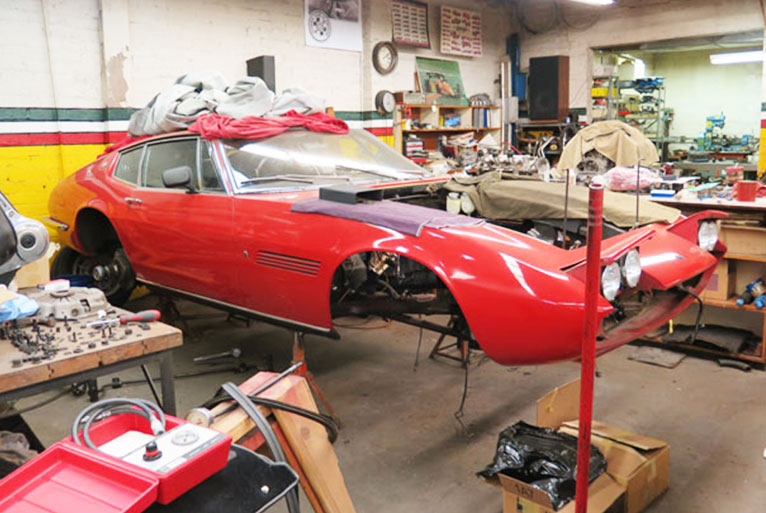
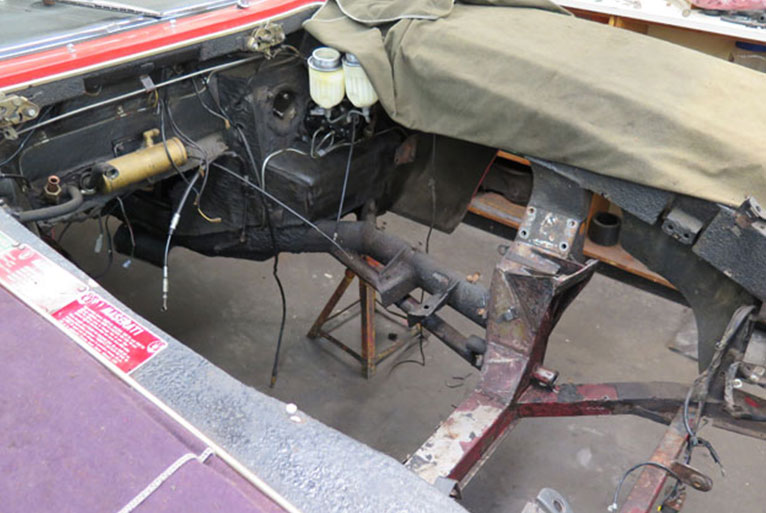
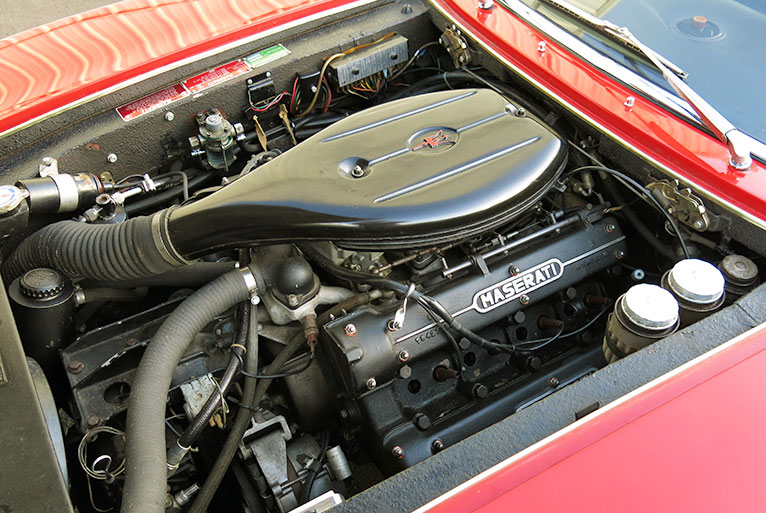
Two: Does It Have Options (Is The Car Rare)? Did you find the car or did the car find you? The mere fact that a car is available does not necessarily make it worth your time. It helps to look at its options. How many doors? Does it have a sunroof? Does it have an option you have never seen before? It should be something special if you’re going to put a lot of work (and usually money!) into it. It’s also OK to restore a generic car or sentimental heirloom but know the market before you start so you can go into the project with appropriate expectations.
Three: Double Your Estimate. Prices for almost everything can be found online. If you’ve restored a similar car before it is easier to estimate the budget, but always err of the side of spending more than expected. Unanticipated expenses are common. Better to be prepared than be unpleasantly surprised.
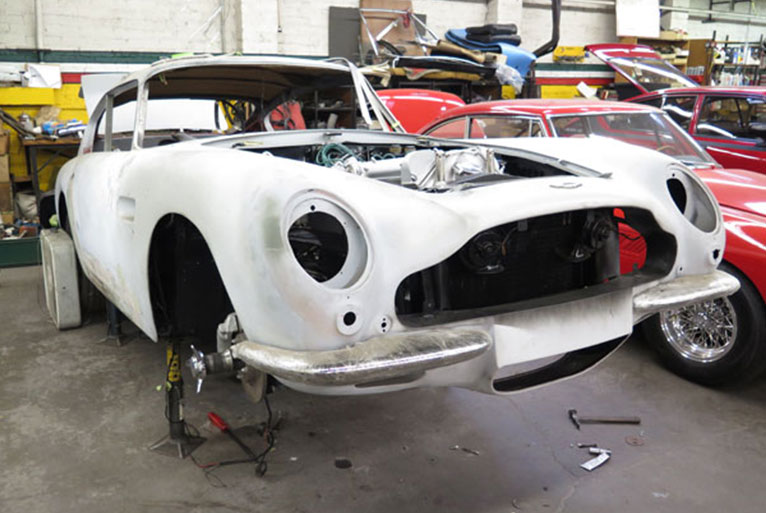
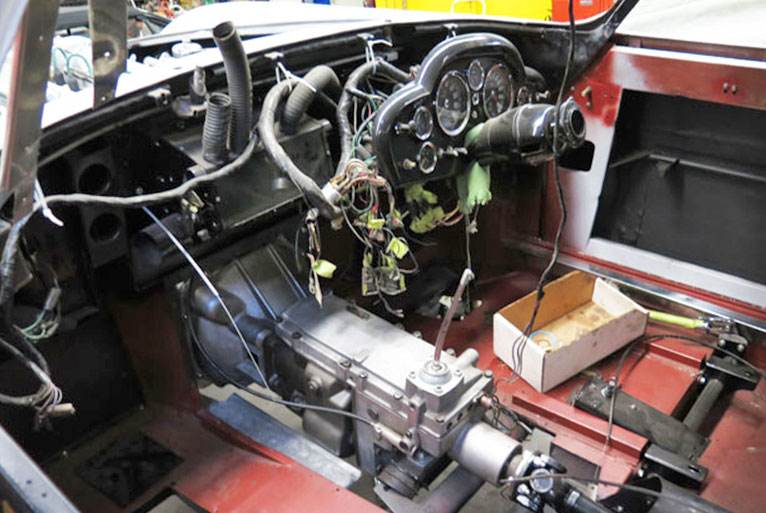
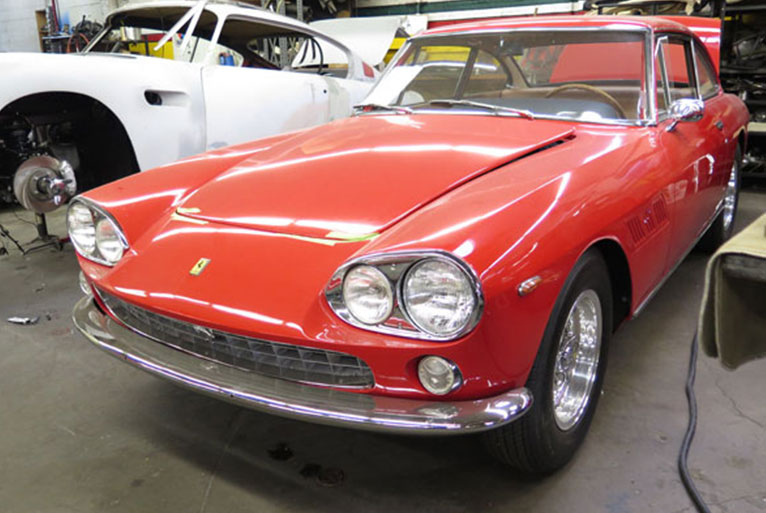
Four: Bring A Friend. Do you know what you’re looking at? It never hurts to get a second set of eyes on a project. Some people are good at paint, others with upholstery, etc. It is rare to be good at everything. The other person may see something you don’t. A trusted friend can bring added clarity to a project.
Five: Timeline. Restorations don’t happen overnight. If your project starts in the summer, it may end the following summer . . . or even later. Everything takes longer than expected and patience is your friend. There’s only so much time in the universe and we haven’t found a way to speed it up so plan your restoration accordingly. Sped up timelines are missed and hurried work is usually less than desired.
Six: Sequence. Interior restoration is usually more economical and most of us can do parts of it ourselves, but the interior should be done after the car is painted. No one likes to work around a freshly painted car, but you don’t want the paint process to damage your new upholstery if you can help it.
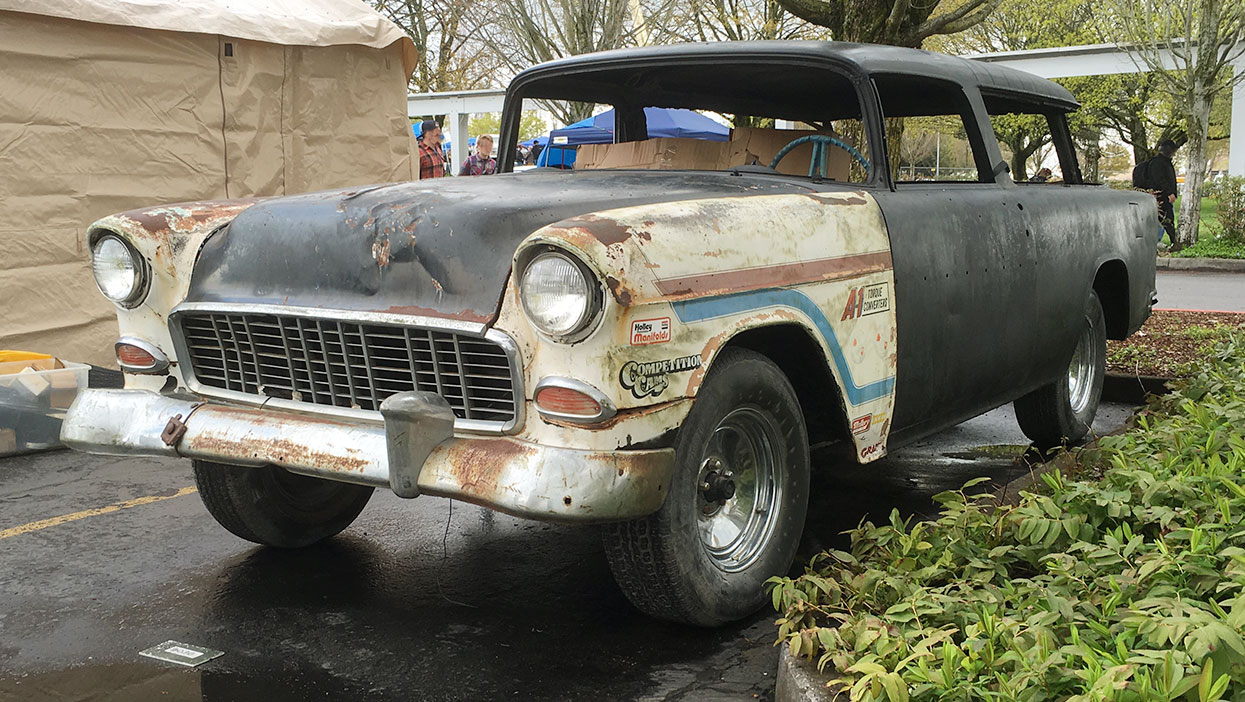
Seven: Budget Your Energy. This is very important! It is easy to budget money but not as easy to budget energy. The energy and stamina required for a car restoration can overwhelm you as it moves along so be sure to pay attention to this as you go. It is a silent project killer.
Eight: Fun Factor. This is where you dig into your psyche. Do you like buying cars? Restoring cars? Collecting cars? Or do you just want something cool to cruise around in? Any or all of these may appeal to you, but think about that concert T-shirt in your closet that you never wear. Did purchasing it give you more excitement than owning it or wearing it? Sometimes only part of the process captures our attention. The key is to know your strengths and weaknesses before taking on a project.
While every car restoration is an adventure, common mistakes can be avoided. No one goes into a project knowing everything. You will learn new things along the way and refine your process. Keep this list in mind – it will help keep your life free of unfinished projects and it may give you a good car restoration too. And don’t forget your energy!
